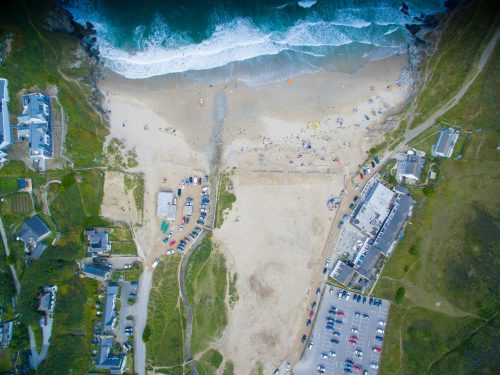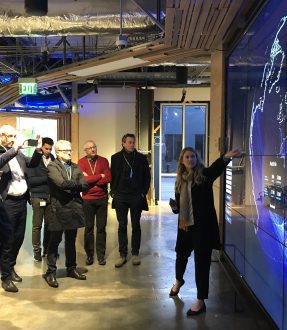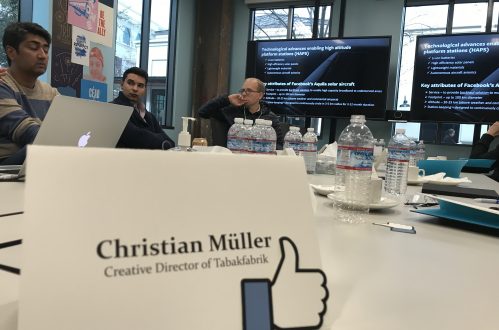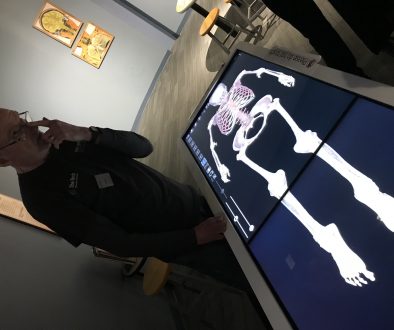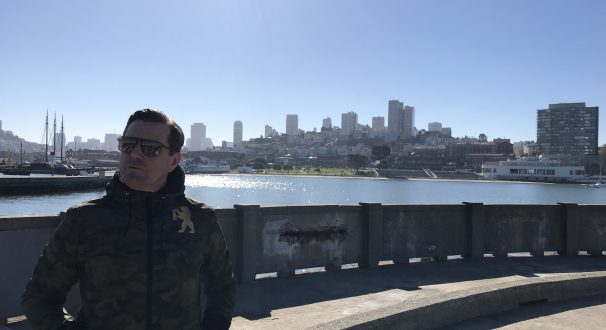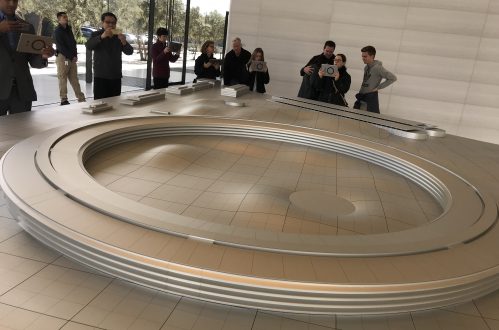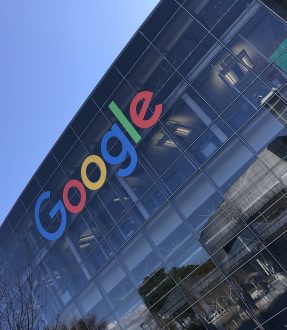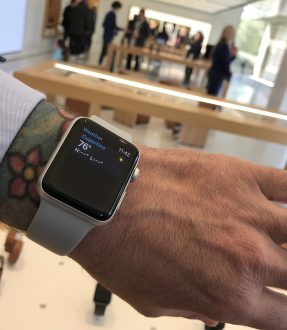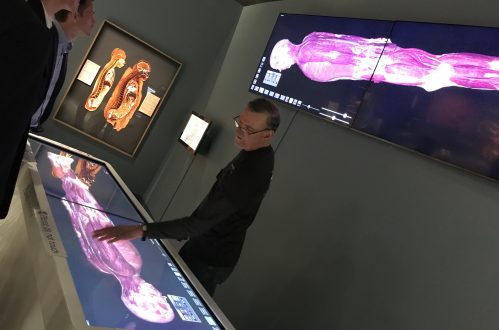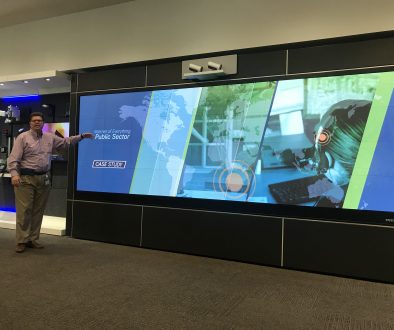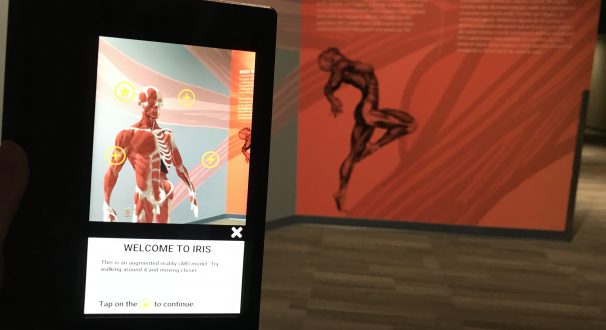Aerosols, cigar smoke, cystic fibrosis and the Delphi in Silicon Valley
A business trip to California, or more precisely: Silicon Valley – the magical place for innovation and digitization. And so many answers to questions we never dared ask: What does it feel like to fly through New York like a bird? Can’t my fridge shop on its own? Can we transfer ourselves to anywhere in the world as a hologram? Silicon Valley has a fascinating answer to all these questions. And then I caught myself wondering: “And what’s your answer to mucoviscidosis, Silicon Valley?” I thought I was standing at the Oracle of Delphi of the digital age. So much innovation, so much research money, so many new approaches… – and still nothing that can release my daughter from this (still) incurable genetic defect and project hope to everyone affected by it? But there is! We just have to rephrase the question.
Silicon Valley is a fantastic example of how the networking of different people, different needs, different experiences and different insights can lead to innovation. People here have taken great evolutionary steps with a lot of playfulness, enthusiasm and perseverance. The big giants such as Facebook and Google also had to accept tough setbacks on their paths until they finally reached the moment that changed everything. It’s similar for us in our fight against mucoviscidosis and for ATMOS.
We’ve already mastered so much. There are always setbacks that have to be faced. But more than anything, we have positive tailwind. And so, to some degree, we have already managed to become Hope Valley. Through ATMOS we’re in contact with numerous medical research institutions, get emails and news from affected persons as well as support from celebrities… and this has made us a neural junction in a comprehensive network.
A nice example of this is an app that we’re developing together with the company Catalysts. With their high-performance computers, they are processing trillions of data each second for the space agencies NASA and ESA. Their satellites also capture particles floating in the air – so-called Aerosols.
This can help determine when and where the beneficial salt content has the right concentration to let mucoviscidosis patients breathe more easily. Combined with movement therapy, this releases mucous from the lungs so that the bronchi can fully absorb the air. This is the perfect example of how the combination of data mining, high-tech and medical discoveries can help the lives of people, such as my young daughter.
Prognoses are difficult – especially when they refer to the future.
Nonetheless, as a father you sometimes want to despair because the forecast seems so inevitable. With the implementation of ATMOS, however, I’m meeting many people who are giving me infinite amounts of courage. This also happened while I traveled to Silicon Valley, where I met a mucoviscidosis patient by coincidence. He’s a 38-year-old broker who was clearly enjoying his cigar.
I have never met an affected person at this age, especially not one who smokes. Very casually and relaxed, he remarked that after all, he didn’t inhale. His cigar smoke impacted me like vapors from the depths of Delphi – because he suddenly changed my perspective. The broker encouraged me with this nice quote: “Prognoses are very difficult, especially when they refer to the future.” It’s true. We have no idea which innovations may come tomorrow from Silicon Valley, Delphi or ourselves. But we must be sure to create leeway for any opportunity that might arise in the future! Then we can provide answers ourselves.




